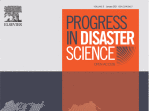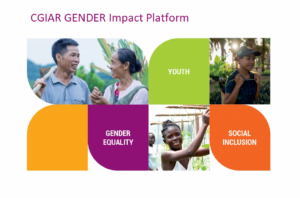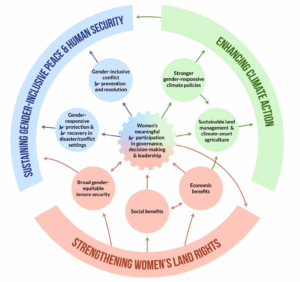The Sendai Framework for Disaster Risk Reduction 2015-2030 (SFDRR) is the guiding international policy structure for disaster risk reduction activities, shaping DRR strategies and practices across the world. Its targets, priorities, and supporting documents are critical in influencing the direction of programming and funding streams for national and local level DRR interventions, and its indicators play a vital role in setting benchmarks and monitoring progress. The Framework has made progress by drawing attention to the diverging ways in which women experience disasters, and highlighted their increased vulnerability in certain disaster situations. But how far does the Sendai Framework really go towards delivering a gender responsive strategy for disaster risk reduction? Five years into its implementation, this paper analyses the relevance of the SFDRR for women in the context of disasters. It argues that although the framework has made headway in promoting the inclusion of women and girls in disaster policy and programming, on the whole it represents a missed opportunity for addressing fundamental gender based issues in DRR. Recommendations are offered for mitigating several SFDRR shortcomings during its current process of implementation. These include outlining a more refined conceptualization of gender, improved inclusion of women and sexual minorities in its indicators and implementation documents, and greater alignment with parallel policy frameworks and other indicator systems.
Authors: R. Zehra Zaidi, Maureen Fordham
Citation: R.Z. Zaidi and M. Fordham, The missing half of the Sendai framework: Gender and women in the implementation of global disaster risk reduction policy, Progress in Disaster Science (2021), https://doi.org/10.1016/j.pdisas.2021.100170




